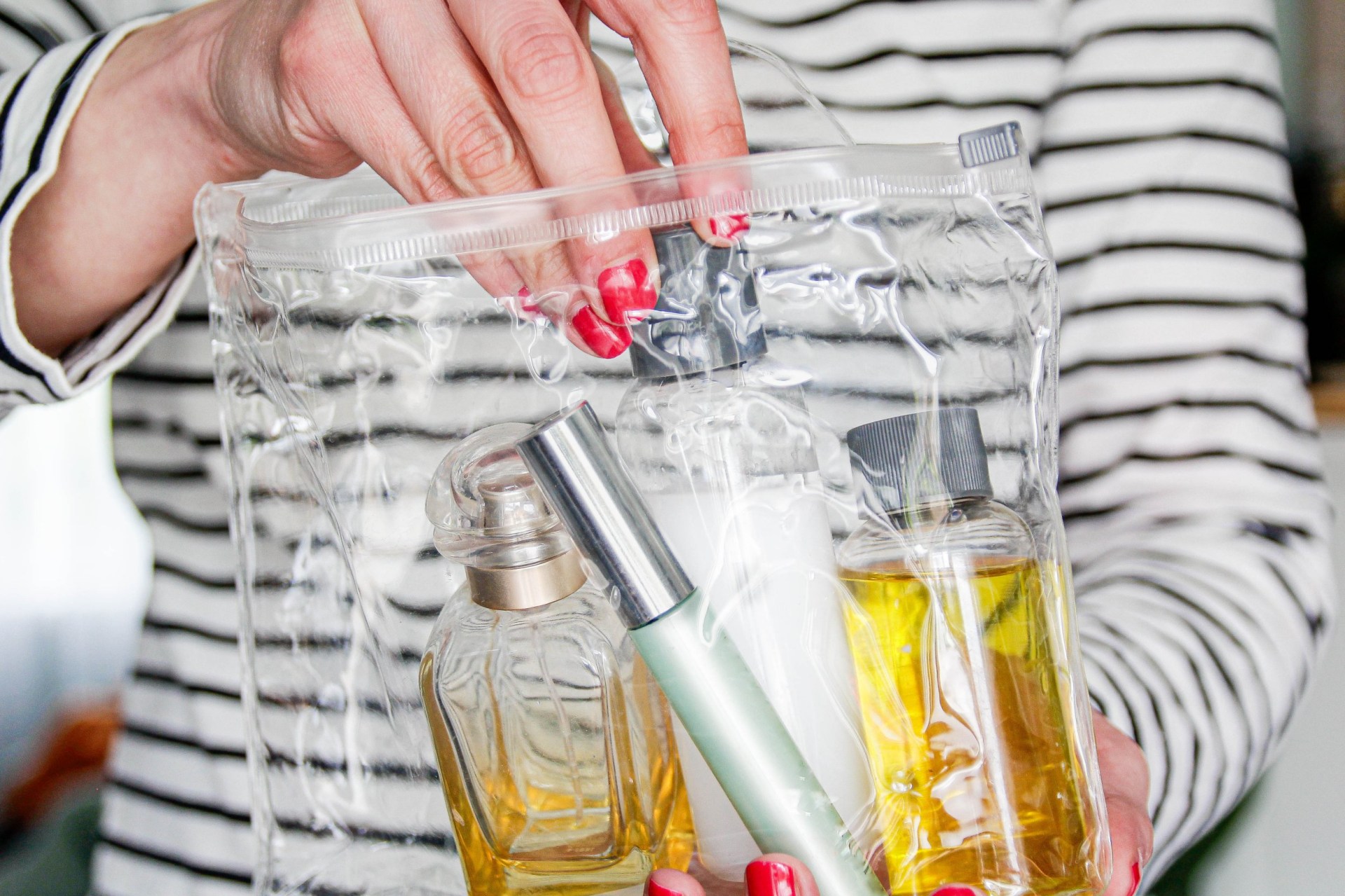
Understanding Liquid Restrictions on Flights
When it comes to air travel, there are several rules that passengers must be aware of. While most people know not to carry sharp objects or to remove their shoes and belts at security checkpoints, the regulations regarding liquids in hand luggage can be confusing. These restrictions have evolved over time, with some airports relaxing the rules while others still enforce strict guidelines.
What Size Liquids Can You Take on a Plane?
If you're packing liquids in your carry-on bag, they must be in containers that hold no more than 100ml. This rule applies globally, so it's essential to prepare ahead of time to avoid delays at security. Even if a container has less than 100ml left, it won't be allowed through. For those traveling with just a carry-on, using travel-sized containers or reusing small sample bottles is a practical solution.
It's always best to pack liquids in checked luggage whenever possible. However, if you must carry them in your hand luggage, make sure to follow the guidelines closely. Checking the rules for each airport before your trip is crucial to ensure compliance.
What Liquids Are Permitted?
Any liquid that doesn't meet the security requirements will not be allowed through the checkpoint, and you may be asked to discard it. The UK government defines liquids as:
- All drinks, including water
- Liquid or semi-liquid foods, such as soup, jam, honey, and syrups
- Cosmetics and toiletries, including creams, lotions, oils, perfumes, mascara, and lip gloss
- Sprays, like shaving foam, hairspray, and spray deodorants
- Pastes, such as toothpaste
- Gels, including hair and shower gel
- Contact lens solution
- Any other solutions and items of similar consistency
When Will the 100ml Rule Change?
Several European airports are set to eliminate the 100ml rule, but this change is limited to airports equipped with advanced computed tomography (CT) scanners. These airports can allow liquids in containers up to two liters. Major hubs like Milan, Rome, Berlin, and Amsterdam have adopted this new approach. However, airports like London Heathrow have not yet implemented the change due to the high cost of installing the necessary technology.
In the UK, only Birmingham and Edinburgh Airports have scrapped the 100ml rule so far. These airports are among the busiest in the country, handling over 27 million passengers combined this year. Travelers are advised to check the current rules for both their departure and return airports before traveling.
Why Are There Rules on Flying with Liquids?
The restrictions on liquids were introduced following the 2006 transatlantic aircraft plot, where individuals planned to smuggle explosives in soft drink bottles. As a result, the UK and US banned all liquids except for baby milk from being carried in hand luggage. The ban was later relaxed to allow liquids in quantities of 100ml or less, provided they were packed in a clear plastic bag and removed from luggage before screening.
Can I Bring Duty-Free Liquids onto the Plane?
Duty-free liquids purchased in the secure area of the airport are not subject to the same restrictions as personal items. However, the quantity you can purchase depends on the country you're in. Items must be sealed in a security bag with the receipt visible inside. It's also important to check whether you can carry duty-free items between connecting flights, as you may need to go through security again.
Are There Exemptions for Taking Liquids on Planes?
Certain liquids are exempt from the 100ml limit. These include:
- Liquids for essential medical purposes
- Liquids for special dietary requirements
- Baby food or baby milk
Medical exemptions require supporting documentation from a healthcare professional. Breast milk is allowed in containers of no more than two liters, but frozen breast milk is not permitted in hand luggage.
How to Take Liquids on a Flight
To take any of the above items in your hand luggage, you need to follow specific packaging guidelines. Containers must hold no more than 100ml and be placed in a single, transparent, resealable plastic bag that holds no more than a liter. The bag should measure approximately 20cm x 20cm and must not be knotted or tied at the top. Each passenger is limited to one plastic bag, which must be shown at the security checkpoint.
By understanding these rules and preparing accordingly, travelers can ensure a smoother experience at airport security. Always check the latest guidelines from the airports you're traveling from to stay informed and avoid any last-minute surprises.


Posting Komentar